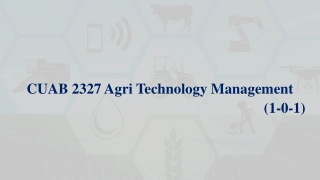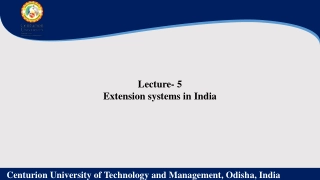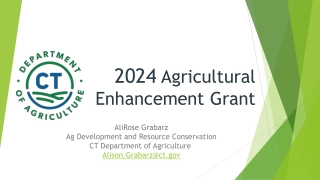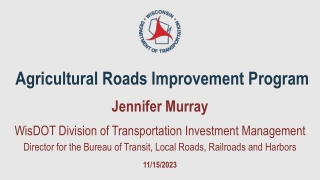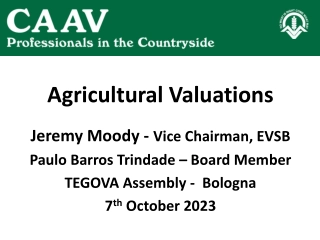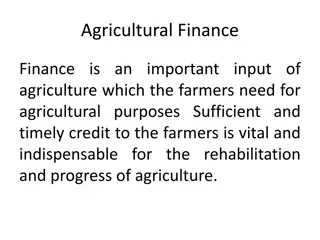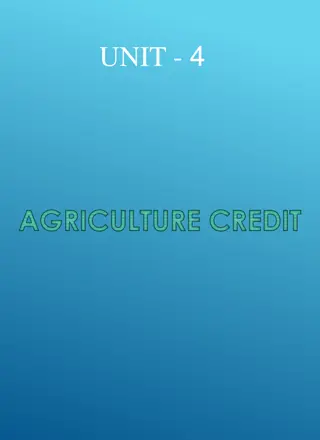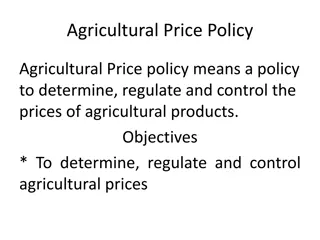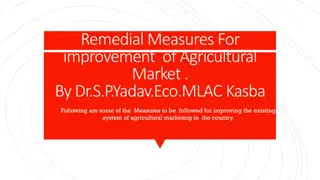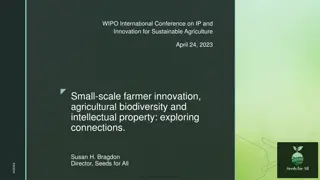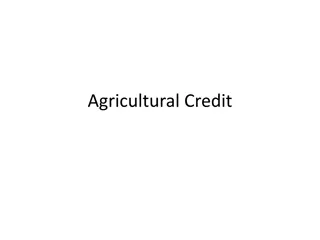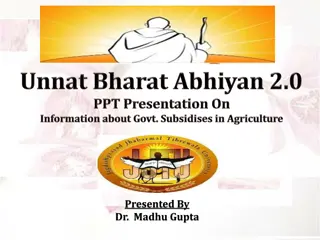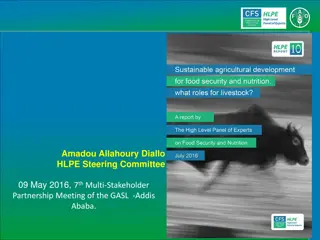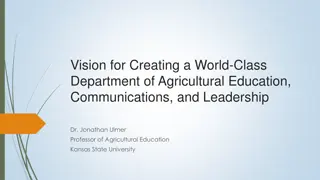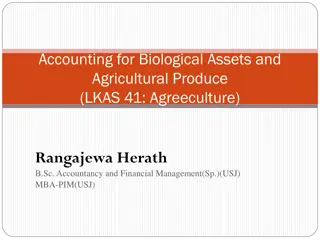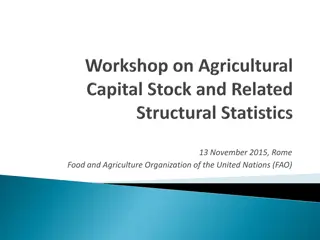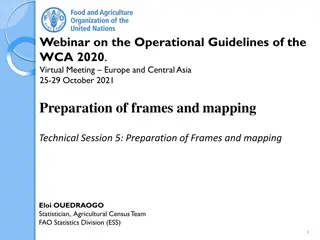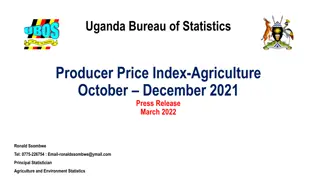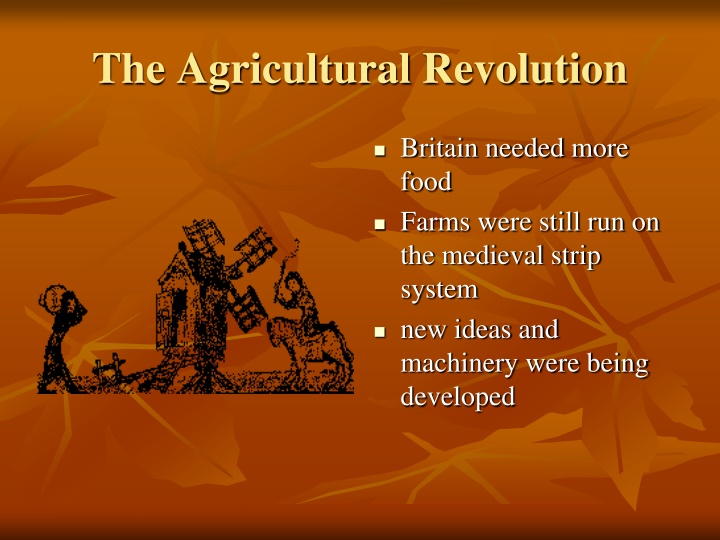
Agricultural Revolution and Enclosure in Britain: Innovations in Farming and Land Ownership
Explore the Agricultural Revolution in Britain, the challenges of the old farming system, the need for change, innovations in farming like enclosure methods and machinery, and the impact of land enclosure on society during the eighteenth century.
Download Presentation

Please find below an Image/Link to download the presentation.
The content on the website is provided AS IS for your information and personal use only. It may not be sold, licensed, or shared on other websites without obtaining consent from the author. If you encounter any issues during the download, it is possible that the publisher has removed the file from their server.
You are allowed to download the files provided on this website for personal or commercial use, subject to the condition that they are used lawfully. All files are the property of their respective owners.
The content on the website is provided AS IS for your information and personal use only. It may not be sold, licensed, or shared on other websites without obtaining consent from the author.
E N D
Presentation Transcript
The Agricultural Revolution Britain needed more food Farms were still run on the medieval strip system new ideas and machinery were being developed
Disadvantages of the old system People have to walk over your strips to reach theirs Field left fallow Difficult to take advantage of new farming techniques No hedges or fences No proper drainage Animals can trample crops and spread disease Because land in different fields takes time to get to each field
Why did the old system need to go? 1. It was an inefficient system and only produces enough food to feed you and your family, there is very little extra. 2. Towns are growing, the people in towns need feeding so extra food is needed. 3. No corn is being imported because of the war with France, so more corn is needed
New Innovations in Farming CHANGES.. 1. Enclosure methods 2. Seed drills and horse ploughs 3. Marling and selective breeding ..
Enclosures? This meant enclosing the land. The open fields were divided up and everyone who could prove they owned some land would get a share. Dividing the open land into small fields and putting hedges and fences around them. Everyone had their own fields and could use them how they wished. Open land and common land would also be enclosed and divided up.
So whats wrong with that? Nothing - if you could prove you owned the land, if you had the money for fences and hedges and if you could afford to pay the commissioners to come and map the land, not to mention the cost of an Act of Parliament.
So did people want to enclose their land? Well, some did and some didn t. If they did not agree it was hard luck. If the owners of four fifths of the land agreed they could force an Act of Parliament- there was a great increase in the number of these in the eighteenth century, from 30 a year to 60, then from 1801 to 1810 there were 906, nearly 7.5 million acres were enclosed.
Repercussions of the Enclosure 1. better off farmers and landowners gained the most - the rich got richer and the poor got poorer. 2. People who had no written proof of ownership lost their land altogether. 3. Some couldn t afford to pay for fences and had to sell their land. These people either became laborers on other peoples land or headed for the towns to try and get a job. One farm laborer said: All I know is that I had a cow and an Act of Parliament has taken it from me. There were riots in some villages.
Selective Breeding? Some farmers such as Robert Bakewell and the Culley brothers concentrated on selective breeding. This meant only allowing the fittest and strongest of their cattle, sheep, pigs and horses to mate. You can tell how successful they were: In 1710 the average weight for cattle was 370 lbs., by 1795 - it was 800lbs.
What other new ideas were there? Marling Crop rotation Seed drill Publicity New ploughs and hoes
Publicity?! 1. Books were written on farming, there were model farms set up - George III set up one at Windsor. 2. The Board of Agriculture was set up and Arthur Young, the new secretary, went around the country recording the progress of the revolution and others could read his report to find out more. 3. Agricultural shows with competitions were held and people could exchange ideas and see the latest things.
But it wasnt all good news New machines meant less people were needed to work the land - so there was unemployment, enclosure meant people lost land - this meant losing their homes as they had nowhere to grow food and there was little work- so they moved to towns. In addition there were change in the way the land looked from open fields to a sort of patchwork quilt. Changes in the shape of a village as people could build on their own land

